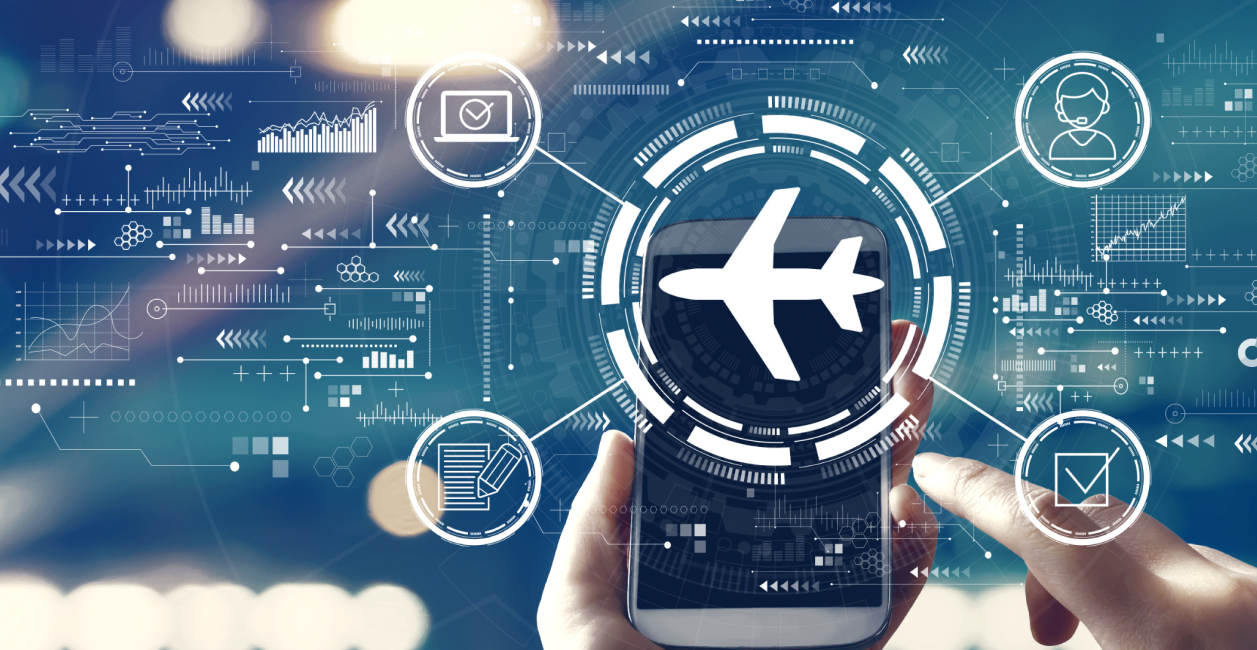Light
This article was written by Sean Aurigemma, Senior Director, Qualitative Insights
I used to think everyone booked travel the same way I did: start with researching the area you want to go, identify a few hotels that pass your own version of a cost/value analysis (most likely through whichever hotel group you have the highest status on), search for flights that fit your desired travel period, then book … accommodations first (make the trip a guarantee – I need a place to stay when I get there), then flight (I’ve got a place to stay already, I’ll book this later, maybe prices will decrease on Tuesday like the insiders say), then ‘extras’ (has there ever been an instance where you couldn’t get an Uber or find a rental car?).
The travel booking journey
In my mind, this was (note: was) the only logical way to do things. So, every time I would browse an airline website, I was horrified at how many options there were for adding-on a hotel after you’ve purchased a flight … don’t they know I’ve already done this? Who is buying a flight and hoping there is a room available somewhere?
Which brings me to a client request we received at Material. An airline approached us, asking, “We can sell flights, we can sell rental cars, but we’re not able to sell accommodations, why?”
Clearly, I’m not the only one this dilemma is keeping up at night. But if it was such an easy fix (‘you’re offering hotels after a flight is booked, people book those before their flights, change your order’), why hadn’t it been fixed?
This started an interesting discussion between my colleagues and me. While some of us booked the way I did, others mentioned they do nothing of the sort… they book things on a whim, or so it seemed.
This question needed reframing
The answer to the airline question, therefore, wasn’t as clear as I thought. What is our client really trying to answer?At Material we believe that to appeal to existing and potential customers, you must understand them deeply so you can:
- attract their attention
- offer a relevant solution
- deliver a differentiated experience
From a business perspective, this was a question about attracting customers:
- How do I get consumers to purchase an offering (accommodation) I am selling?
- Why are consumers attracted to a particular offering (rental cars) I am selling but not others?
From a research perspective, this was a question about identifying motivations:
- What are consumer motivations to book a hotel after an airline ticket?
- What are consumer motivations to book a rental car after an airline ticket?
What we hypothesized was that customers all have different needs and therefore think differently about different types of travel and travel components. Thus, the airline might be attracting some attention (hey, I noticed they were offering hotels, I just never bought them), but they’re not offering a relevant solution nor a differentiated experience (as far as we could tell, all airlines had the same order of operations – offer flight, then offer hotel, then offer car rental).
With that in mind, we provided a three-phased approach, including insights (qualitative and quantitative research) and digital analytics to understand customer mindsets, choice drivers and online behavior when researching and booking travel.
What we found
Through our qualitative and quantitative research, we noticed that the answer to the airlines question of “why can’t we sell accommodations” lay somewhere between the trip idea and the final purchase – what do consumers do prior to clicking “purchase” and, even earlier than that, what do they do prior to clicking “search?” What, in essence, are the emotional elements of the journey and what are the functional elements the airline needs to solve for/address?
We were able to identify three common mindsets that a customer may have during the booking process: The Planner, The Deal-Seeker and The Easy-Peasy. The order of the customer’s booking journey is similar, but the mindset differs based on the priority.
- The Planner: Their priority is control – every detail of their trip is thought about, considered, compared and organized (often weeks or months in advance).
- The Deal-Seeker: Their priority is the deal – every decision is based on cost and how they can save.
- The Easy-Peasy: Their priority is ease– this customer wants to book and not think about it for too long, they have other things to worry about.
Within all the journeys, regardless of priority, there was a key theme: accommodation is the largest emotional element of a trip. For many, it’s the main reason for the trip. There is a lot more thought/effort that goes into choosing a place to stay than goes into selecting a functional thing, like a rental car. Therefore, the airline can’t use the same strategy to sell lodging as it does for rental cars.
Getting analytical
Armed with our new consumer mindsets and the key emotional elements of the journey, we recognized a one-size-fits-all user experience strategy would not be effective. Therefore, it was imperative for the airline to use digital analytics to rethink the online experience so that it can better meet the needs of each booking mindset and identify opportunities for relevant and effective personalization on those journeys (to satisfy the emotional and functional needs of the customer).
In other words, we instructed the airline client to use its data to understand the purpose for each unique visitor’s trip and identify which mindset they may be on – coordinate web activity with mindset – to better message and win over customers.
- Did they look up a flight, not book and come back a few weeks later and do the same? Was the duration over 3 days?
- They may be planning something.
- Are they coming to your site and immediately sorting for flights by price?
- They may be deal seeking.
Getting custom
In this instance we were able to rethink how to sell trip builds and bundles, provide the right info to the right mindsets and in the right order.
We designed and developed personalized research and booking journeys for each booking mindset, serving the most relevant information to customers when they most wanted it and in the way they wanted to receive it. We also designed a series of interventions and nudges to nurture customers through their research and booking journey and maximize conversion.
Finally, we developed a personalization test-and-learn plan for each booking mindset using a ranked and prioritized set of data elements. As the highest performing personalization elements are determined, the airline can continue to optimize content and messaging, and refine its personalization strategy to continue to increase conversion.
In conclusion, our research proved that you can’t be everything to everyone – but you can be something to everyone because in a digital world, everyone is a potential customer. Ready to learn more about how Material’s proprietary science-based approach unlocks the secrets of consumer behavior, paving the way for nimble actions and continuous learning? Get in touch here.


